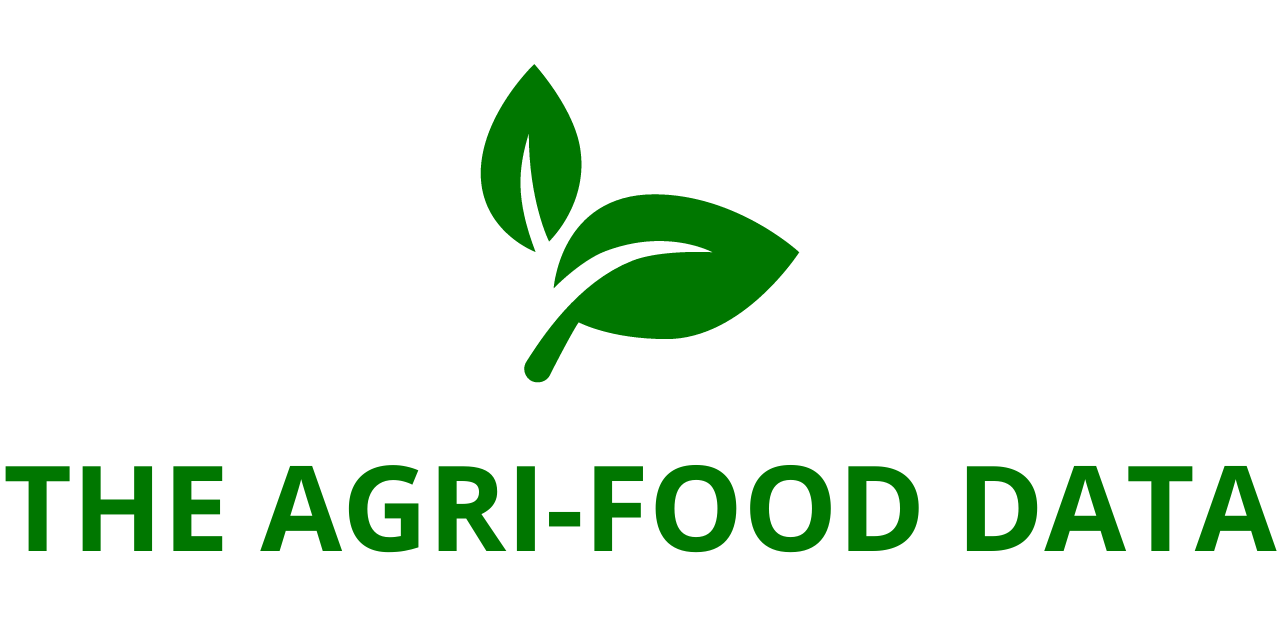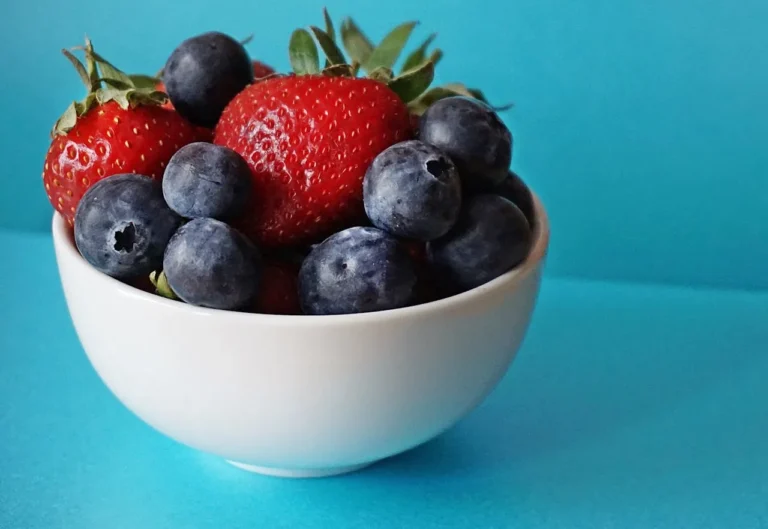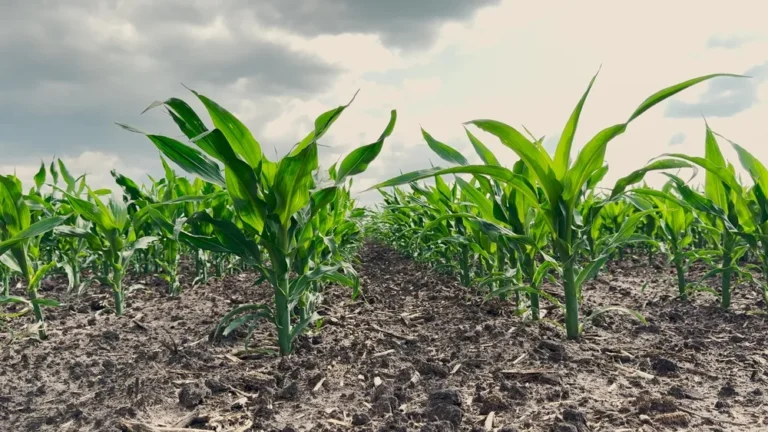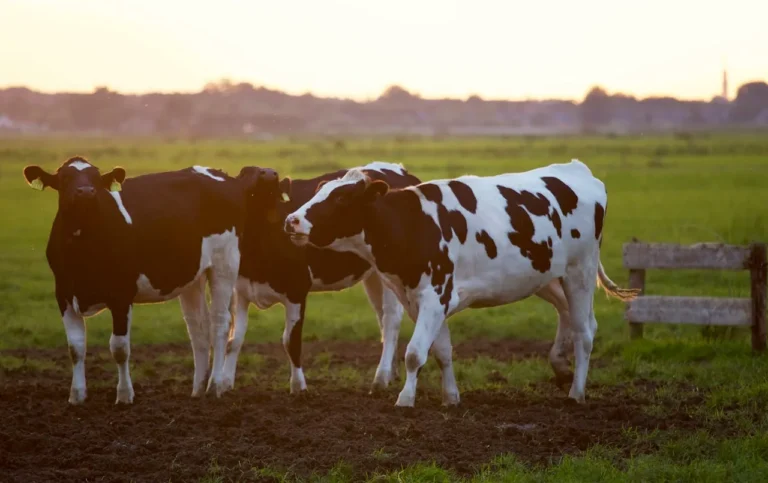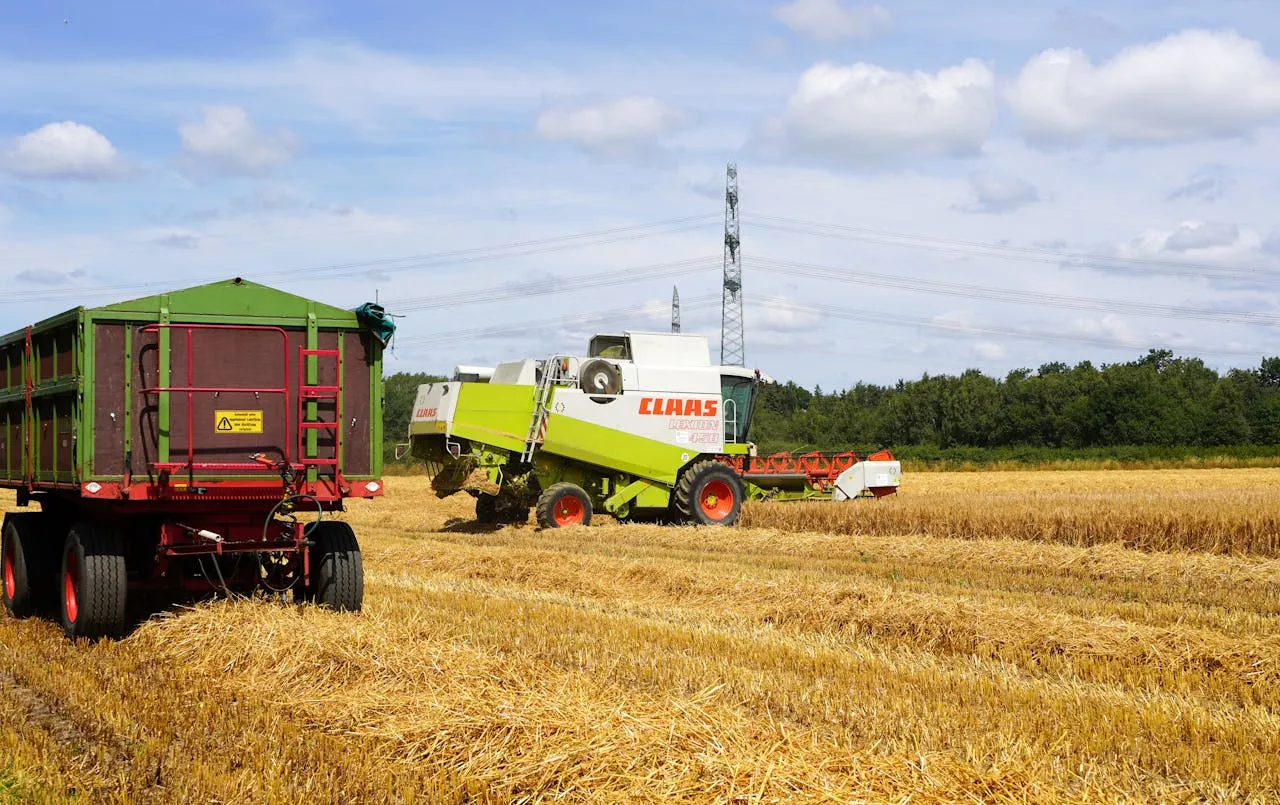
A new research report titled “Precision Harvesting Market by Combine Harvesters, Self-Propelled Forage Harvesters, Harvesting Robots, Guidance & Steering System, GPS, Yield Monitoring System, Robotic Arm, Sensors, Cameras and Region – Global Forecast to 2030” has been released by ResearchAndMarkets.com. This comprehensive study sheds light on the evolving dynamics of the global precision harvesting market, which is projected to grow from USD 21.52 billion in 2025 to USD 29.79 billion by 2030, reflecting a compound annual growth rate (CAGR) of 6.7%.
The report provides vital insights for industry leaders, new entrants, and stakeholders, offering detailed forecasts, revenue estimations, competitive analysis, and emerging trends. It also highlights key market drivers, restraints, opportunities, and challenges that will shape the future of harvesting technologies worldwide.
Market Growth Drivers: Automation, Data-Driven Agriculture, and Government Initiatives
One of the major factors propelling the growth of precision harvesting is the increasing reliance on automation in response to rising labor costs and a global shortage of farm labor. Farmers across the globe are increasingly investing in robotic solutions and smart harvesting machines that reduce dependency on manual work while ensuring efficient and high-quality yields.
Advancements in artificial intelligence (AI), the Internet of Things (IoT), and remote sensing are revolutionizing the agricultural sector. These technologies are helping reduce harvest loss, optimize operational efficiency, and improve profitability. By integrating real-time data analytics with automated hardware, precision harvesting solutions allow farmers to monitor yield, soil health, weather patterns, and crop conditions with exceptional accuracy.
Additionally, government support and initiatives aimed at promoting modern agricultural practices are further boosting adoption rates. Subsidies, training programs, and technology awareness campaigns are being launched globally to encourage farmers to adopt digital tools and smart machinery.
However, the widespread implementation of precision harvesting technologies is not without barriers. High upfront costs of automated harvesters and robotic systems remain a significant constraint, especially for small and marginal farmers. Moreover, the lack of reliable internet infrastructure in rural regions, coupled with data privacy concerns and compatibility issues among different systems, poses additional challenges to the market’s growth.
Key Market Players
The precision harvesting market is characterized by the presence of several global players, each contributing significantly to innovation and product development. Major players include:
- Deere & Company (US)
- CLAAS KGaA mbH (Germany)
- CNH Industrial N.V. (Netherlands)
- AGCO Corporation (US)
- KUBOTA Corporation (Japan)
These companies are actively investing in R&D to develop advanced harvesting equipment equipped with AI, GPS, sensors, and computer vision. Their global outreach and well-established distribution networks allow them to maintain a stronghold in the competitive landscape.
Software Segment to Witness Fastest Growth
Among all offerings, the software segment is forecasted to register the highest CAGR in the precision harvesting market during the 2025–2030 period. This growth is fueled by the increasing adoption of data-driven agriculture and the demand for intelligent farm management systems.
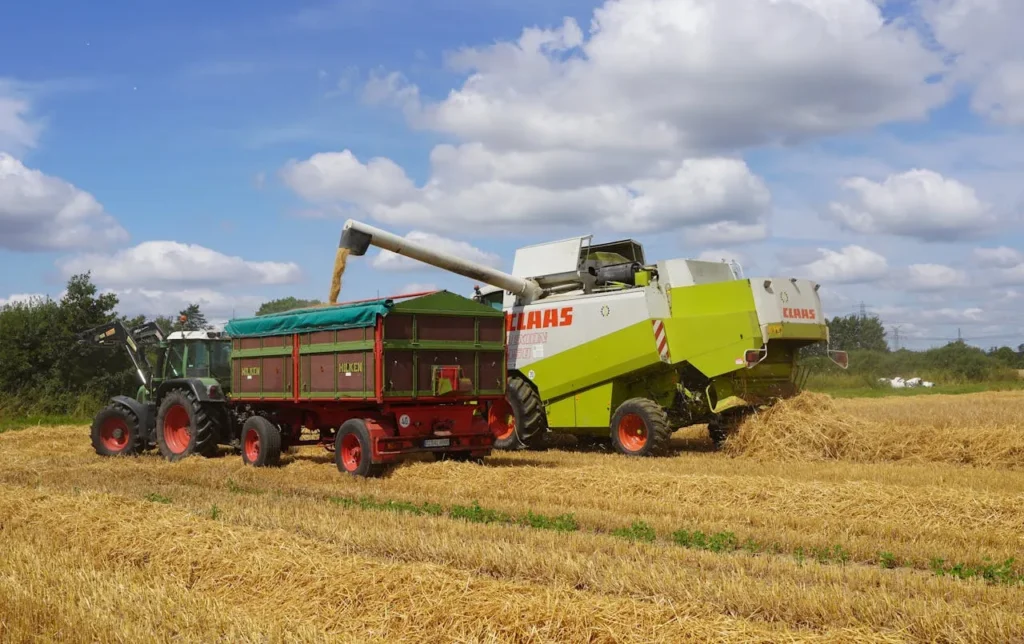
Modern software tools support applications such as yield monitoring, field mapping, real-time data analytics, predictive modeling, and automated task scheduling. These capabilities enable farmers to make informed decisions about planting, harvesting, and resource allocation, ultimately leading to enhanced productivity and sustainability.
Cloud-based platforms and mobile apps are making precision agriculture more accessible to small and mid-sized farms, which were previously unable to afford or implement advanced solutions. The integration of AI and IoT into these platforms enhances their functionality by enabling autonomous decision-making, early detection of crop stress, and predictive maintenance for harvesting equipment.
Notable companies driving software innovation in this space include Trimble (US), Raven Industries (US), and Hexagon Agriculture (Sweden). These firms offer comprehensive digital ecosystems that are reshaping how farmers manage their operations from planting to post-harvest.
Horticulture Segment to Become a Key Application Area
The horticulture segment is projected to account for the second-largest market share in terms of application by 2030. The increasing global demand for high-quality fruits, vegetables, and specialty crops is encouraging farmers to embrace technologies that can enhance precision and reduce post-harvest damage.
Unlike row crops that are typically grown on a large scale, horticultural crops require meticulous handling and precision in harvesting to maintain quality and appearance. Robotic arms, computer vision systems, and autonomous harvesters are particularly suited for this application, ensuring minimal bruising and consistent produce standards.
Due to rising labor costs and labor shortages—especially for skilled workers—horticulture operations are investing heavily in smart harvesting technologies. Governments and agribusinesses are also funding research and development of customized solutions for different horticultural crops, such as tomatoes, strawberries, apples, and grapes.
Regions like Europe and North America are leading the charge by incorporating precision harvesting into greenhouse and open-field operations, while emerging economies are also starting to explore these innovations. With growing consumer demand for fresh produce and tighter quality control requirements, horticulture is set to become a major growth area for the precision harvesting industry.
The Americas to Lead Regional Market Share
The Americas region is anticipated to dominate the precision harvesting market throughout the forecast period. North America, in particular, has a long history of embracing agri-tech innovations. Farmers in the United States and Canada have been early adopters of autonomous combines, precision GPS-guided equipment, and sophisticated farm software systems.
Large-scale farming operations across North and South America benefit from economies of scale and are better positioned to invest in expensive, yet highly efficient harvesting solutions. Additionally, the increasing scarcity and cost of agricultural labor are pushing more growers toward automation and mechanization.
Public and private investments in digital agriculture are helping expand the reach of precision harvesting. Government incentives, training programs, and funding for research are accelerating technology deployment, while companies like Deere & Company and AGCO Corporation are continuously advancing their product offerings in the region.
In Latin America, countries such as Brazil, Argentina, and Chile are ramping up efforts to modernize their agricultural practices. The rapid adoption of precision farming and a growing appreciation for the benefits of automation are expected to fuel further expansion in this region.
